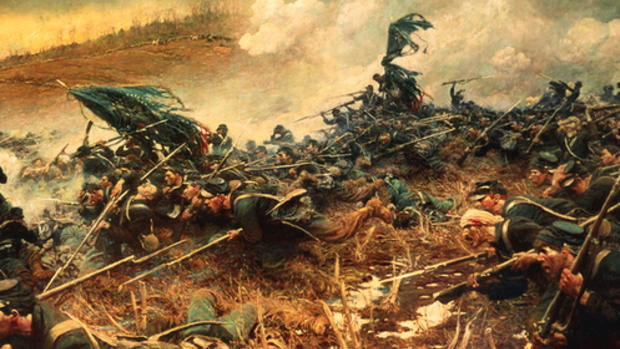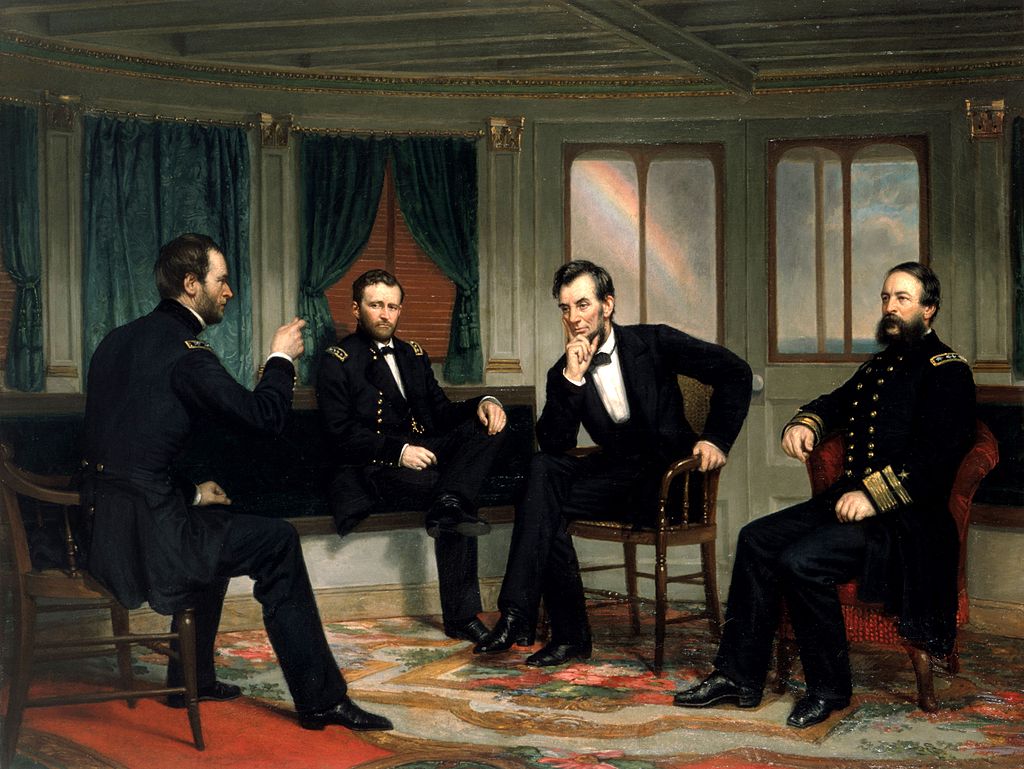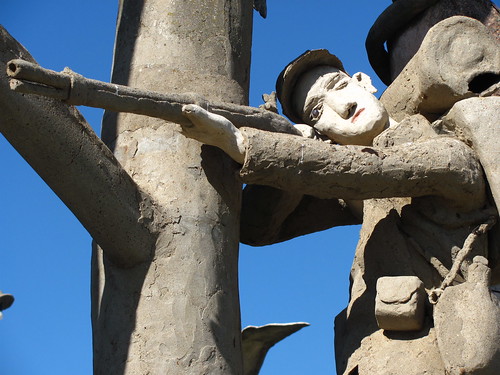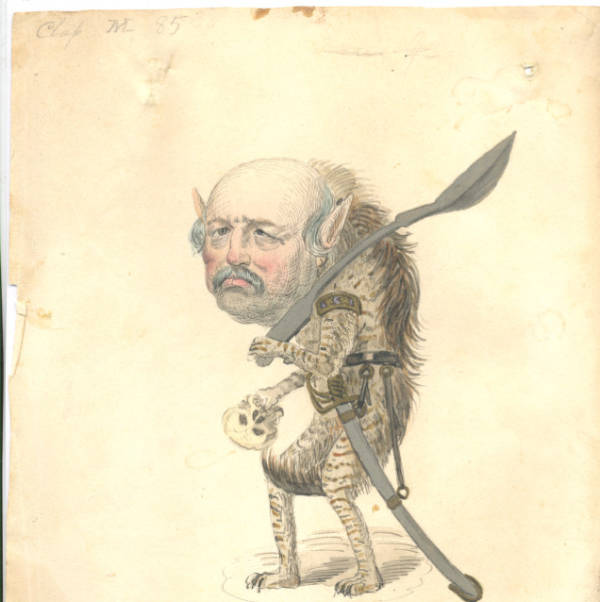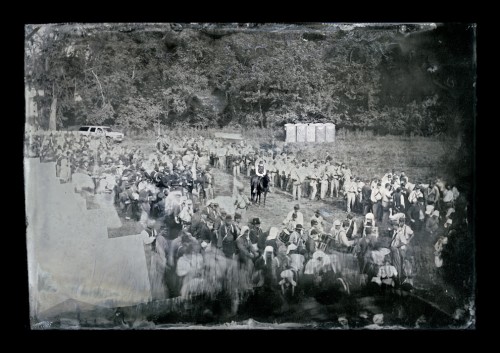Some special events to consider, for those in the area or willing to travel to partake!
In Dearborn, MI, the Henry Ford Museum is having an assassination commemoration, with Doris Kearns Goodwin speaking. I got a laugh out of the pricing tiers, which include balcony seats and general floor admission, but no options for participants travelling from the balcony to the floor. Bit of an oversight given the topic on hand 
On April 13, as we mark the 150th anniversary of Abraham Lincoln’s assassination, we will host Lincoln’s Legacy: An Evening with Doris Kearns Goodwin…
More than a commemoration of Lincoln’s death, her talk will show how the experiences faced by Lincoln, one of our most unlikely presidents, carry so much relevance to Americans in 2015.
http://www.thehenryford.org/events/lincoln150.aspx
And New Jersey locals, take note! There is a Thomas Nast exhibition on this year at Macculloch Hall Historical Museum, with a special presentation on the 22nd of February. From this sounds of it, this venue is the premier collection of Nast’s work, so I’m sure they have some excellent art (and history) on display.
Mounted to commemorate the final year of the Civil War Sesquicentennial (2011-2015), this second floor exhibit at Macculloch includes a number of these images. “The Civil War through the Eyes of Thomas Nast” is on exhibit through December 2015.
On Sunday Feb. 22 Macculloch Hall Historical Museum (MHHM) F.M Kirby Curator of Collections Ryan Hyman presents “The Work of Thomas Nast.” During this presentation Hyman will highlight Nast’s most popular political cartoons and a few interesting but lesser known images. During the program Ryan will also discuss some of Nast’s political cartoon work about the Civil War, some of which is currently on display.
via Thomas Nast’s Civil War at Macculloch Hall in Morristown – New Jersey Hills: Morris NewsBee News.

